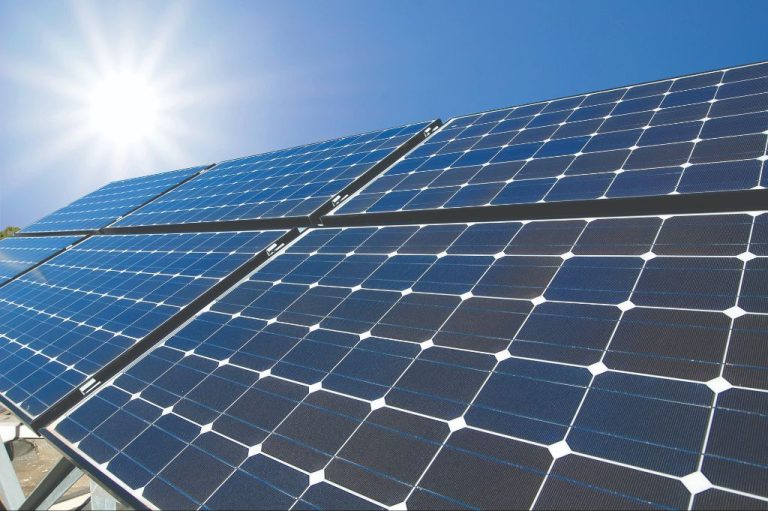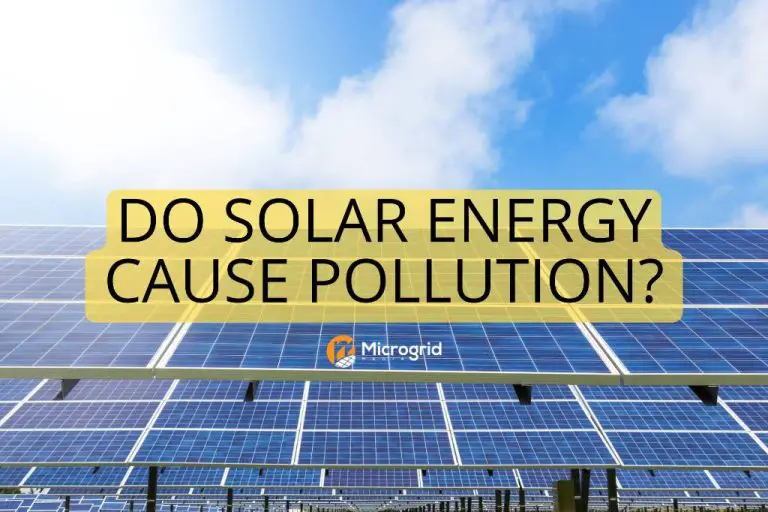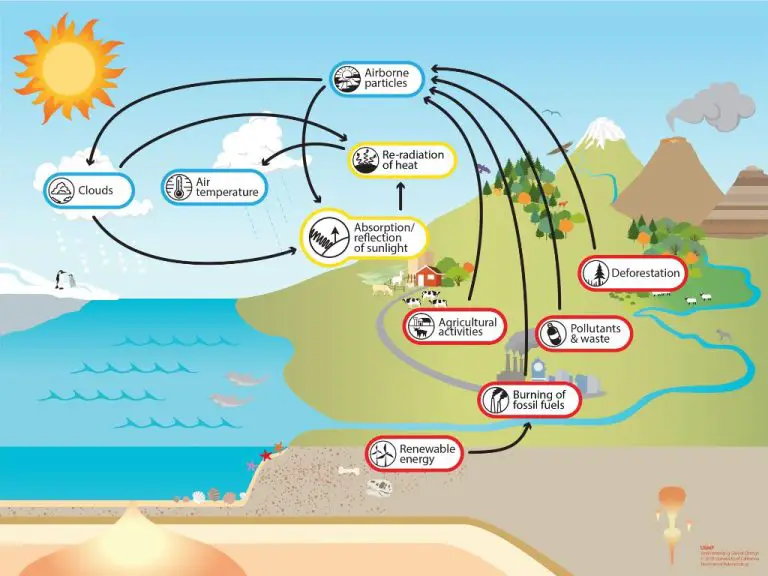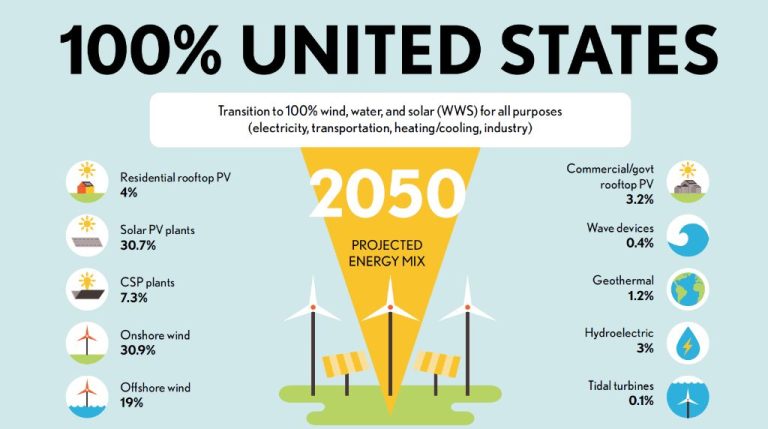How Long Until Solar Power Runs Out?
Solar power refers to the conversion of energy from sunlight into electricity using photovoltaic cells. As a renewable energy source, solar power provides clean and sustainable energy by harnessing the sun’s rays. Solar energy has emerged as a crucial part of the global transition away from fossil fuels towards low-carbon energy systems. The idea of solar power “running out” relates to concerns over the long-term viability and limitations of solar photovoltaics as an energy resource.
This article examines the concept of solar depletion – whether the potential of solar power is finite, and if so, how long would it be before solar resources are exhausted. It analyzes factors such as efficiency of conversion, surface area needed, and projected growth in solar capacity. By evaluating current use rates, extent of resources, and technological constraints, we can gain insight into the longevity and sustainability of solar photovoltaics as a renewable energy source.
Current Solar Energy Use
The use of solar energy for electricity has increased substantially in recent years. According to the ECowatch, solar accounted for 15.9% of electricity generated by renewable sources in 2022, up from 13.5% in 2021. Overall, solar power capacity in the U.S. has grown tremendously, from just 0.34 gigawatts in 2000 to 105.6 gigawatts in Q4 2021 according to the Solar Energy Industries Association (SEIA). Globally, the International Energy Agency reports that power generation from solar PV increased by 270 terrawatt-hours in 2022, representing a 26% increase from 2021. Solar PV accounted for 4.5% of total global electricity generation in 2022.
The massive growth since 2000 has set the stage for further expansion of solar power. The SEIA projects that in the next decade, solar will quadruple and reach 30% of U.S. electricity generation by 2030. Key factors driving this growth include declining costs, supportive policies, and increased adoption by both utilities and households.
Solar Irradiance
Solar irradiance refers to the amount of solar power received per unit area by the Earth’s surface or atmosphere. It is measured in watts per square meter (W/m2). According to NASA, the amount of solar energy reaching the top of Earth’s atmosphere is about 1,361 watts per square meter [1]. However, by the time this solar irradiance passes through the atmosphere and reaches the Earth’s surface, it is reduced to about 1,000 watts per square meter on a surface perpendicular to the sun’s rays at sea level on a clear day.
When averaged over an entire year, the amount of solar irradiance reaching Earth’s surface is approximately 342 watts per square meter [2]. This varies by location based on latitude and local climate. But on average, Earth receives a tremendous amount of solar energy from the sun.
Efficiency of Solar Panels
Solar panel efficiency refers to the percentage of sunlight that hits the panel that gets converted into electricity. This conversion efficiency is determined by the materials used in the solar cell and the cell design.
The most common solar panels on the market today use crystalline silicon solar cells and have average efficiencies around 15-20%. According to CleanTechnica, the typical efficiency of multi-crystalline silicon panels, which make up most installations, is around 17% [1]. Researchers have developed experimental solar cells with much higher efficiencies, up to 47.1% for multi-junction concentrated cells [2]. However, these ultra high-efficiency designs are not yet economically viable for widespread commercial production.
While typical crystalline silicon panel efficiencies have slowly increased over the years, most experts predict incremental rather than dramatic improvements in commercial panel efficiencies in the near future. Efficiency increases for mainstream panels are expected to be around 0.3-0.4% per year over the next decade, reaching around 20% by 2027 [1].
Potential for Expansion
There is significant potential to expand solar power capacity in areas that are suitable for large solar farms but not currently utilized. According to a 2020 report by the Energy Systems Center, the region has potential for solar power expansion and more solar projects are planned in coming years (https://consortia.myescenter.com/CHP/ESC_CHP_Emissions-Full_Study-ICF-071320.pdf).
One area with major potential is covering irrigation canals with solar panels. For example, in Punjab, India, there are over 5,000 km of irrigation canals that could be covered with solar panels to generate electricity. Punjab is aiming to install 2,000 megawatts of solar power capacity on irrigation canals alone (https://timesofindia.indiatimes.com/city/chandigarh/punjab-eyes-2000mw-solar-vault/articleshow/48196527.cms).
Other areas like reservoirs, tailing ponds from mines, and lakes could also be suitable for floating solar farms. With many untapped areas available, projections estimate solar power capacity could expand dramatically in coming years to help meet rising energy demands.
Advancements in Technology
There have been several recent advances in solar panel technology that show great promise for improving efficiency. One exciting development is tandem or multi-junction solar cells, which stack multiple ultra-thin solar cell layers together. Each layer is tuned to absorb different wavelengths of light, enabling much broader light absorption and conversion into electricity. Researchers project that multi-junction solar cells could achieve over 50% efficiency, a big jump from the 20-25% efficiency of standard commercial silicon panels today (https://8msolar.com/advancements-in-solar-panel-technology/).
Thin-film solar cells made from cadmium telluride (CdTe) have also shown remarkable efficiency improvements, now reaching over 22% in lab tests. CdTe thin films allow for very economic solar panel production. New perovskite solar cells have rapidly reached 25% efficiency in labs, though durability challenges remain before widespread commercial deployment. Overall, experts project that solar panel efficiency could feasibly reach 35-45% over the next 10-15 years through incremental improvements and emerging technologies like multi-junction cells (https://www.solarreviews.com/blog/solar-panel-technologies-that-will-revolutionize-energy-production).
Storage Capacity
One of the biggest challenges with solar power is its intermittency – solar panels only produce energy when the sun is shining. To overcome this limitation and enable solar energy to be available even when the sun isn’t shining, developments in energy storage technology are critical.
Currently, lithium-ion batteries are the predominant form of energy storage for solar power systems. Advancements in lithium-ion battery technology, such as solid-state batteries that use a solid electrolyte, are enabling greater storage capacity at lower costs 1. Other battery technologies like flow batteries are also being researched and developed.
Beyond batteries, alternative storage methods like pumped hydro storage and flywheel energy storage allow solar energy to be stored for longer durations and in greater quantities. The U.S. Department of Energy states that pairing energy storage with solar power systems helps solar energy be available even when the sun isn’t shining, by releasing the stored energy when it’s needed 2.
Continued advancements in storage capacity will be critical for scaling up solar deployment and enabling solar power to provide reliable, 24/7 clean energy.
Projected Lifespan
Solar panels typically last around 25 to 30 years before their performance begins to degrade. The lifespan depends on the type of solar panel technology. Silicon-based solar panels tend to last the longest, while thin film panels may have shorter lifespans of around 15 to 20 years (1).
Once solar panels reach the end of their usable lives, most of the materials can be recycled, making solar a fairly sustainable energy source. The glass, aluminum, and silicon can all be recovered and recycled (2). This helps reduce the need for new raw material extraction. Some solar panel components like cadmium and lead can be more hazardous, so proper recycling is important. Companies are working to develop processes to efficiently recycle and recover even more of the solar panel materials.
Sources:
(1) https://e360.yale.edu/features/solar-energy-panels-recycling
(2) https://www.epa.gov/hw/end-life-solar-panels-regulations-and-management
Long-Term Viability
The long-term viability of solar power depends on its ability to meet increasing energy demands as fossil fuels are phased out. Current projections show solar power playing a major role. According to the Renewable Energy Saves the Day report, solar photovoltaic capacity is forecast to expand by over 5,000 gigawatts from 2020 to 2050. This is more than all global coal capacity in 2020. With the costs of solar steadily decreasing, solar PV along with onshore wind are projected to account for 80% of all power generation by 2050.
Within the overall renewable energy mix, solar is poised to supply a substantial portion of the world’s electricity. The International Renewable Energy Agency predicts solar PV will provide over 20% of global power by 2050. Concentrated solar power is also forecast to grow over 60% by 2050. Solar energy’s scalability, falling costs, and sustainability make it an essential part of the long-term global energy transition.
Conclusion
In summary, solar energy from the sun hitting Earth is an immense renewable resource that will continue indefinitely. The amount of solar irradiance that reaches Earth in one hour is more than the entire world’s energy consumption for an entire year. Even with massive expansion of solar power generation, only a tiny fraction of the available solar energy is being utilized. With prudent management of solar panel manufacturing, electricity storage technology, and siting to maximize efficiency, solar power can remain a renewable and sustainable energy source for the world far into the foreseeable future.
While the sun itself will eventually burn out in billions of years, the available solar energy hitting Earth exceeds our needs for the indefinite future if properly harnessed. Solar power generation has massive potential for growth to meet global energy demands without harmful emissions. With responsible development and use of solar technology, this clean energy source can provide renewable power for generations to come.






